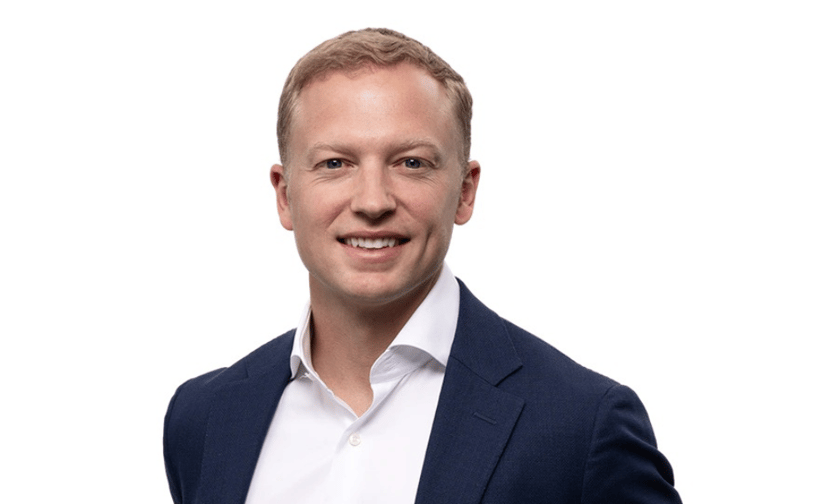

Last week, McKinsey’s Global Insurance Report 2025 – ‘The pursuit of growth’ highlighted that finding profitable growth is an imperative for the world’s personal and commercial property and casualty insurers. The report noted that, for an industry focused on mitigating risk and providing protection, the insurance industry is navigating a particularly ‘volatile age’, resulting in a mixed macroeconomic picture.
Digging deeper into the commercial P&C chapter of the report, Shannon Varney (pictured), partner from McKinsey’s Boston office and one of the lead authors of the chapter, highlighted some of what he considers its key takeaways. Firstly, he said, it’s clear that global commercial P&C insurance lines continue to deliver strong growth despite signs of softening conditions.
He noted that premiums increased by an average eight per cent annually in the past five years, while the average combined ratio for the industry trended downward to an estimated 91% in 2023. “Most of this growth was driven by higher premiums,” he said, “so insurers must now focus on capturing consistent, profitable growth in a shifting landscape.”
Varney also highlighted that 40% of an insurer's performance is driven by the lines of business it participates in, while 60% is driven by how it performs in those lines. With that in mind, successful insurers are distinguishing themselves through clear, well-communicated strategies that define their value propositions and risk appetites. Mastering underwriting, managing distribution, and increasing efficiency can drive profitable growth.
“Although where insurers operate is important,” he said, “the majority of their financial performance is driven by how they operate - in both soft- and hard-cycle years, although regional differences may exist. While portfolio strategy is always important, execution matters even more now, and insurers’ core lines capabilities will determine profitable growth.
“Leading insurers invest in modernizing underwriting, exhibiting loss ratios six percentage points lower than other insurers. They leverage technology such as AI and gen AI to automate algorithmic underwriting, improve the underwriting submission process, and streamline market intelligence.”
Among commercial customers, there are several factors impacting their confidence in insurance and chief among them is the question of affordability. Affordability was outlined as a big concern across segments, Varney said, particularly as clients see the cost of their coverage go up, alongside seeing higher deductibles, lower limits and more exclusions in their policies.
“What’s more,” he said, “customers are exasperated from years of compounding rate increases. Many have seen double digit rate increases across their programs – even for loss free accounts.”
Given the macroeconomic environment, should insurers be feeling optimistic about the prospect of continued economic expansion? For Varney, the answer to that question depends on the market where the carrier in question is playing. “Some feel more optimistic than others right now. In general, carriers we speak to see encouraging signs of economic expansion and the need for insurance to provide the solutions they need in a world with increasingly more complex and interconnected risks.”
Outlining some of the key headwinds that he and his team are seeing face the market today, he pointed to climate and claims litigation as two pressing concerns. On climate, the science is quite clearly showing that the frequency and severity of natural disasters will continue to increase and impact insurance operations and markets. “We’re going to have our fifth consecutive year of $100 billion-plus of natural catastrophe losses.
“The big change in recent years has been the portion of those losses that are coming from severe convective storms. Last year was the first year on record where those exceeded $50 billion. This is important as commercial carriers' arrangements with reinsurers shifted materially in 2023, and the primary market is now absorbing most of these losses.”
Meanwhile, claims litigation is also presenting a major issue. Incurred losses in the United States have notably exceeded inflation rates since 2015, he said, in part due to the rise in claims litigation. Carriers are having to contend with third-party litigation funding that is expected to reach $30 billion in the next five years, evolving plaintiff bar tactics, and more and more extraordinary verdicts.
Given the ongoing turbulence in the market, it stands to reason that insurers cannot rely on a continuation of today’s hard cycle to drive growth. Delivering his key message to the market on how it can continue to grow profitably, Varney emphasised that carriers will need to, “continue to innovate and develop solutions for emerging businesses; maintain underwriting discipline; make investments in operational efficiency; and strengthen the value-added services they can provide to their customers.”
